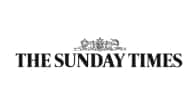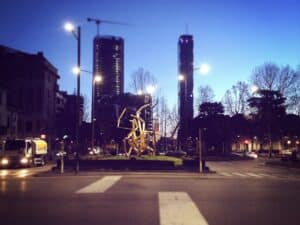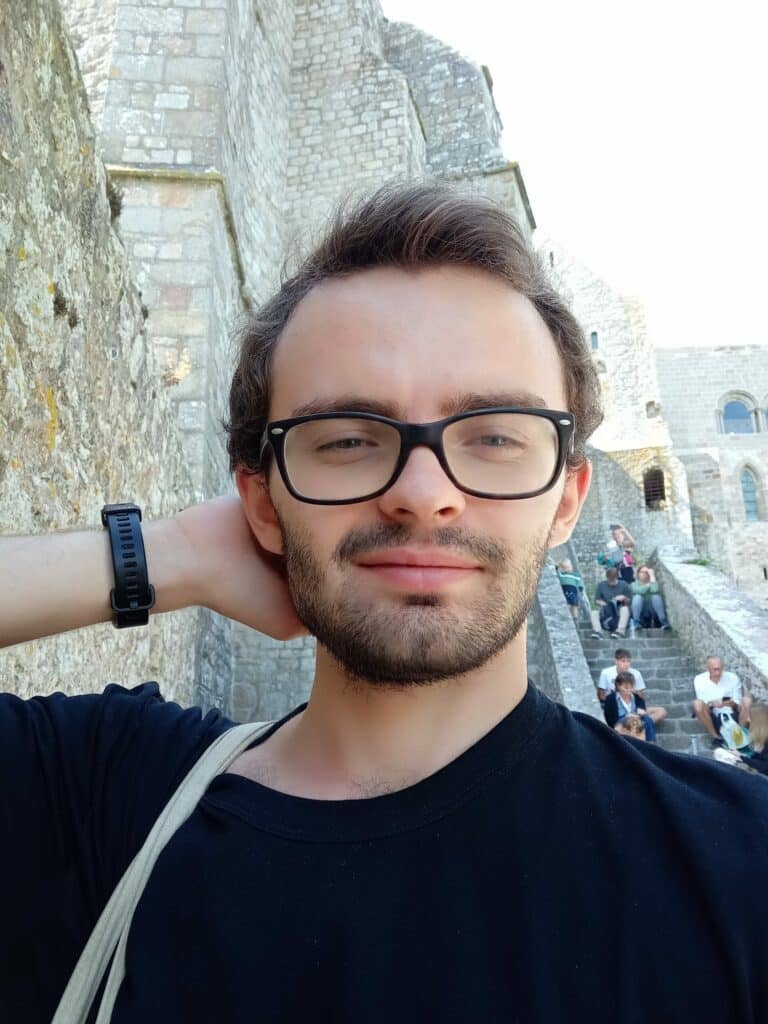Danza Milan
A yellow sculture for Piazza Amendola
In 2007, Milan demonstrated its receptiveness to radical change and accepted it with sensational works, like the remediation of big areas, but also by supporting an urban transformation even on a smaller scale, promoting permanent art installations all around the city. This is the case of the sculpture “Danza” (“Dance”), dated 2006, a big yellow iron sculpture by G. Pardi, right in the middle of piazza Amendola.
I used to live very close by for five years, and that monument had become my personal landmark: for me it's still the symbol of Milan’s transformation and of the connection between the new & the old city. I remember that when it was just inaugurated, I didn’t like it: I didn’t understand it. To me, it looked like a big iron shrub growing from the ground, with those huge broken iron lines painted yellow. So I decided to get informed and read about its history and its meaning.
The sculpture was created for a private foundation to celebrate their twenty years of activity. It donated the artwork to the municipality and it represents the idea of movement and change. It's no coincidence that yellow in the language of art means strength and energy. Then I understood that this sculpture is perfect for Milan because it reflects its extraordinary dynamic ability.
My suggestion is to get to Piazza Amendola with the underground (the metro station is very special) and then continue through the park, towards the east, to get directly to the new area of CityLife.
About this spot
Piazza Giovanni Amendola
- 24 hours daily
€
free
Find your way with 185 Insider Tips from our Local Spotters
Nice place right!? There’s so much more to discover:
Discover all other hidden gems in Milan
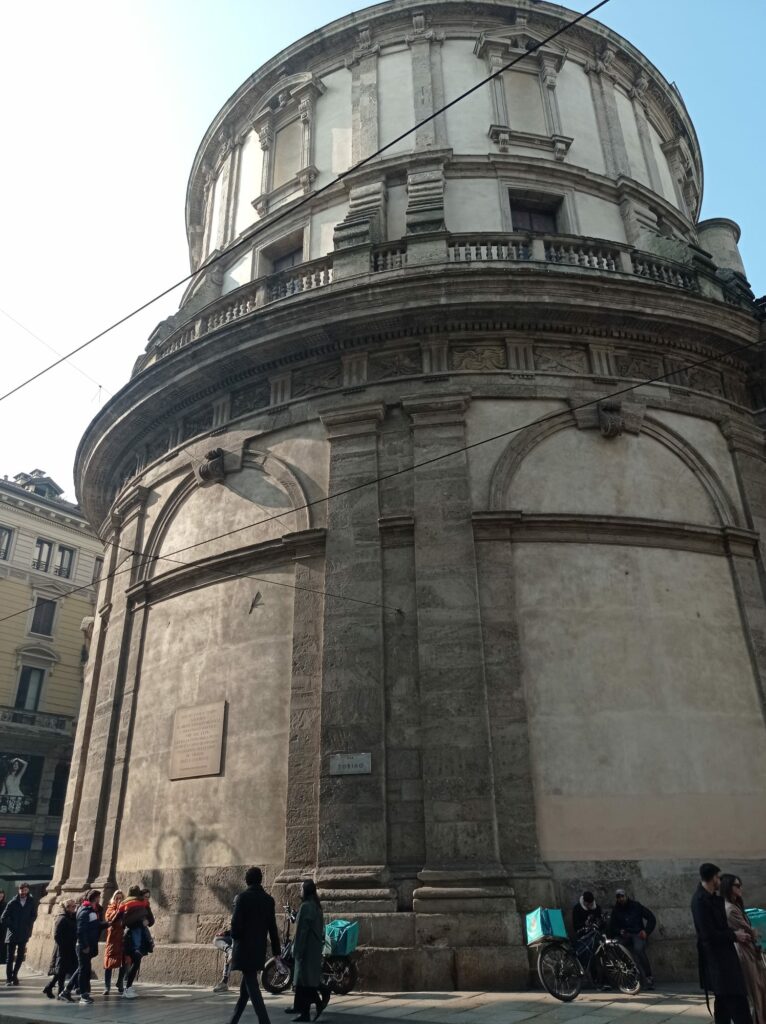
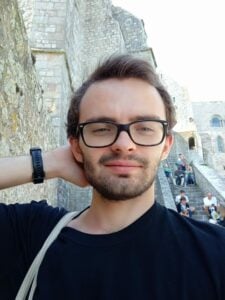
Church of Saint Sebastian
Against the plague
One of the most interesting in the city, founded in 1576, it has the same structure as some Roman-Greek circular temples, "tholos" in ancient Greek.
by
Vladislav
Karaneuski
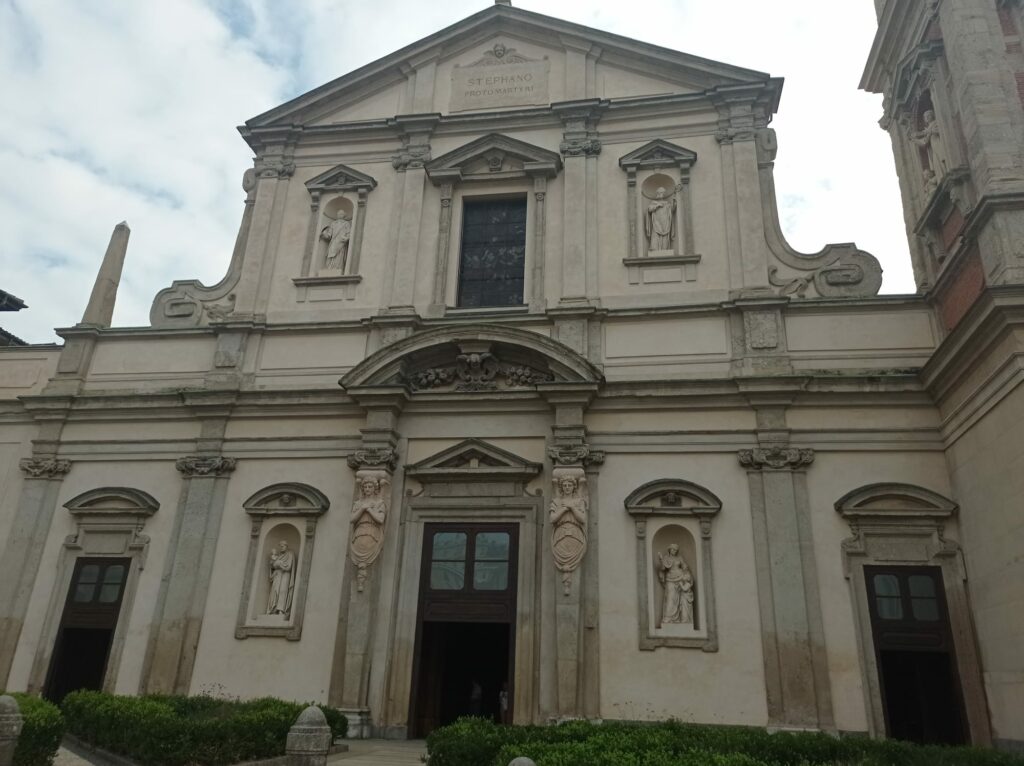

Church of Santo Stefano
Or a crime scene
It was built in the V century around a stone, which beneath it had the relics of four Christian martyrs who were brutally tortured and then killed...
by
Vladislav
Karaneuski
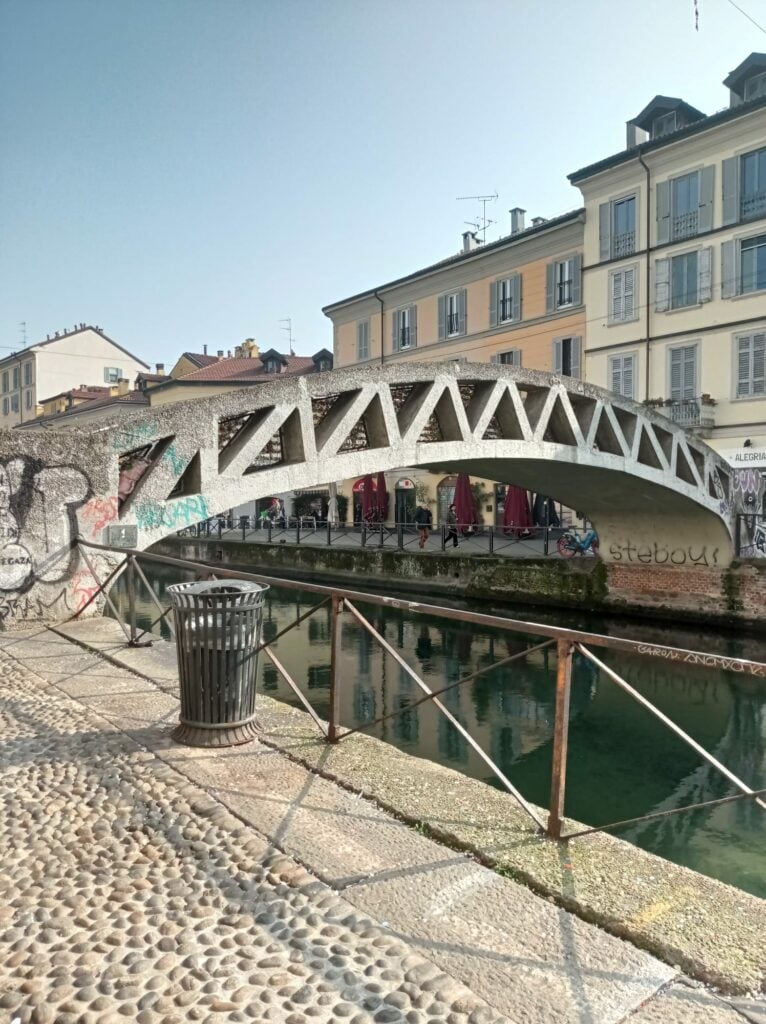

Alda Merini Bridge
The most romantic bridge
Alda Merini was one of the most interesting people in the city and was always wandering around Navigli, so anybody could go and meet her in that district.
by
Vladislav
Karaneuski

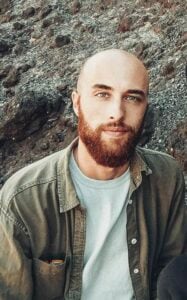
Villa Invernizzi
Secret Flamingo Oasis
Villa Invernizzi is an impressive Milan mansion with its own covey of pink flamingos. They spend their quiet lives in the garden, used to the attention.
by
Matteo
Banchi
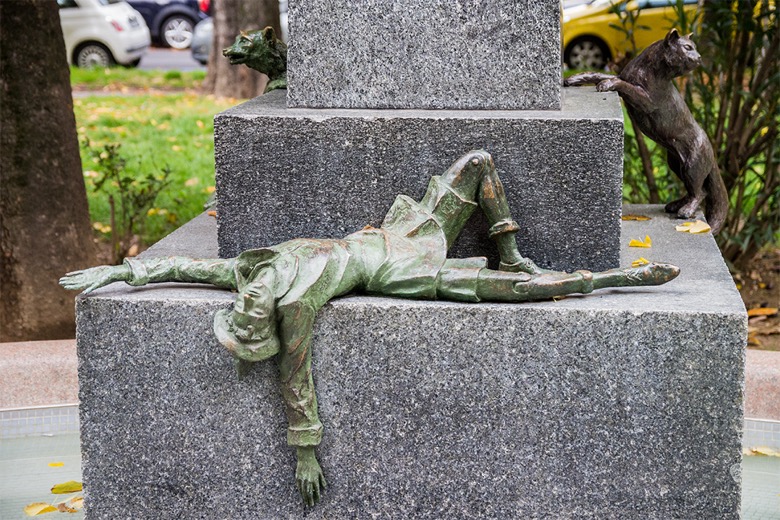

Pinocchio's Statue
Reflection on Transformation
Though Pinocchio's statue is easy to overlook, it serves as a reminder of Milan’s deep connection to Italian culture, inviting us to see beyond the surface
by
Matteo
Banchi
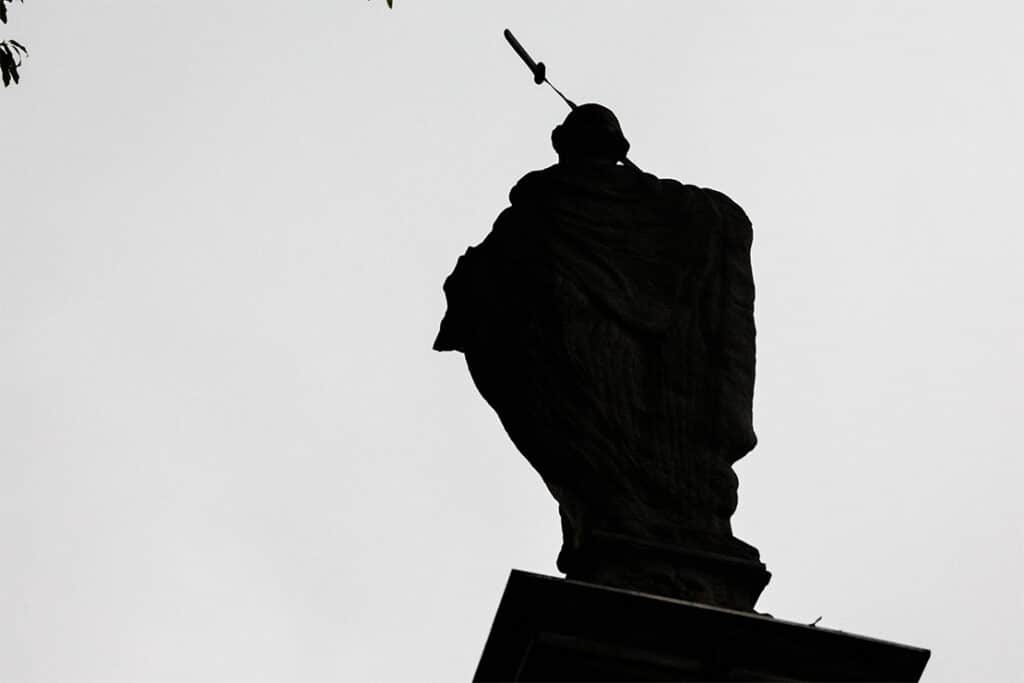

Saint Peter Martyr's Column
Look Up: The Story
On Saint'Eustorgio square stands the statue of Saint Peter of Verona, the crual Inquisitor of Milan and Como, overseeing trials for witchcraft and sorcery.
by
Matteo
Banchi
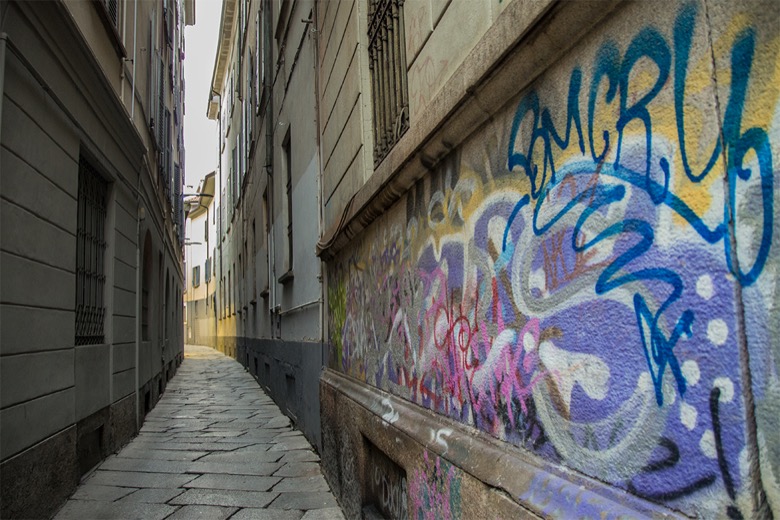

Bagnera Street
Milan's Darkest Alley
Locals say via Bagnera is haunted, with the wind carrying whispers of a gruesome legacy. Pause and imagine Milan’s hidden history in this quiet corner.
by
Matteo
Banchi
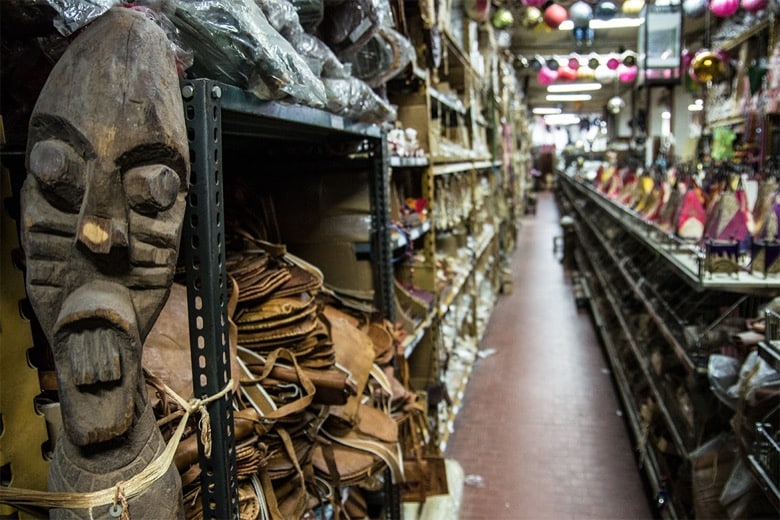

African Oriental Craft
Treasures Hidden Gem
AOC's charm is not just in the goods but in the story behind them, shared passionately by the founder’s son and his wife, who now run the store.
by
Matteo
Banchi
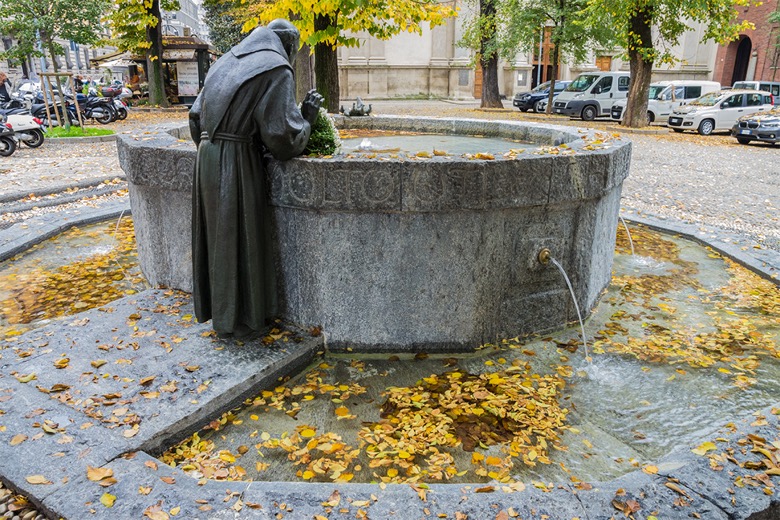

Sulfur Water Fountains
A Glimpse into the Past
These fountains, both historic and functional, are reminders of Milan’s longstanding connection with mineral water—an overlooked aspect of the city’s past.
by
Matteo
Banchi
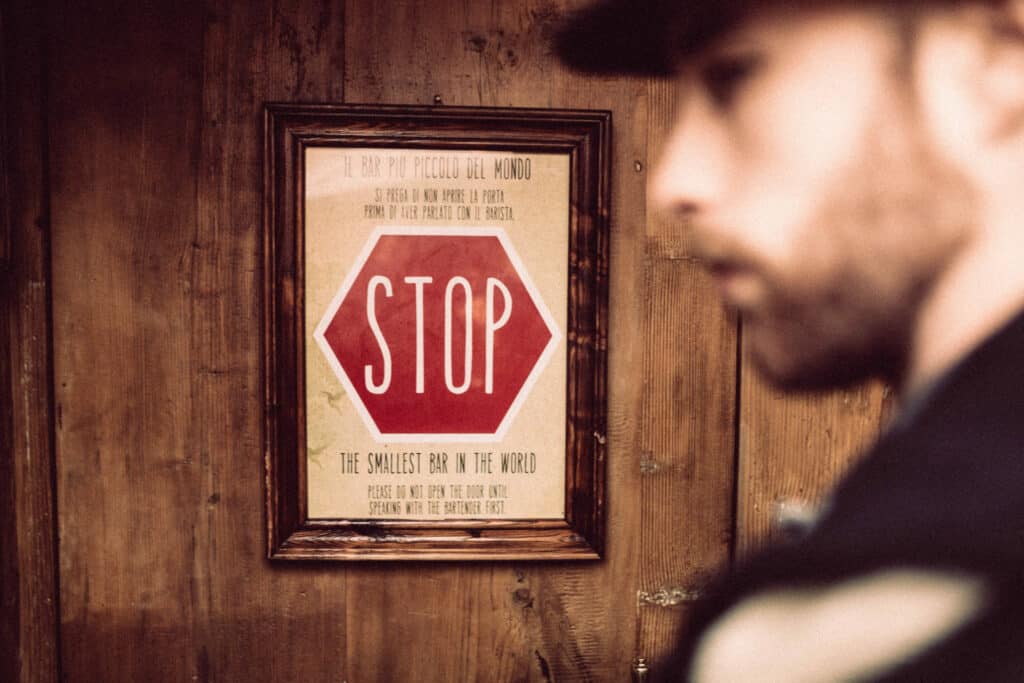

Backdoor43
Smallest, Most Mysterious Bar
Backdoor43 in Milan is life experienced through a whiskey glass. This is the smallest bar in the world. 3 people maximum for each session, booked in advance.
by
Matteo
Banchi
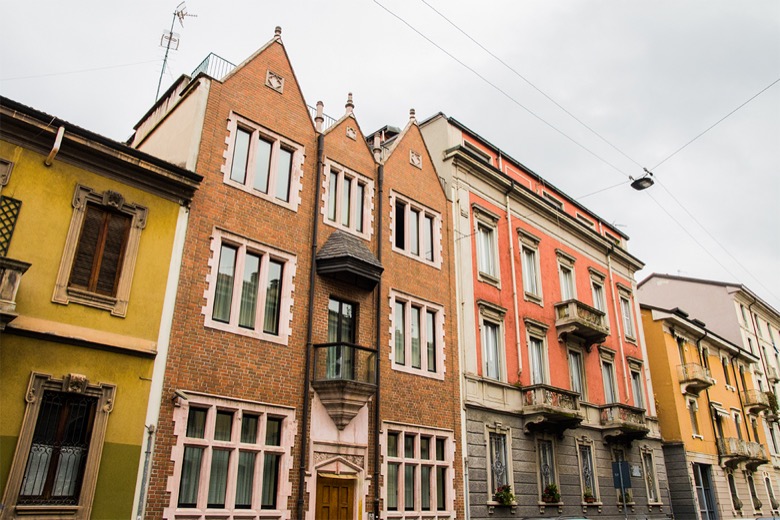

The 770 House
A Little Slice of Brooklyn in Milan
Casa 770 striking facade was built to bring a piece of Brooklyn’s spirit to Milan, it’s the only one in Europe, and now it serves as a cultural hub.
by
Matteo
Banchi
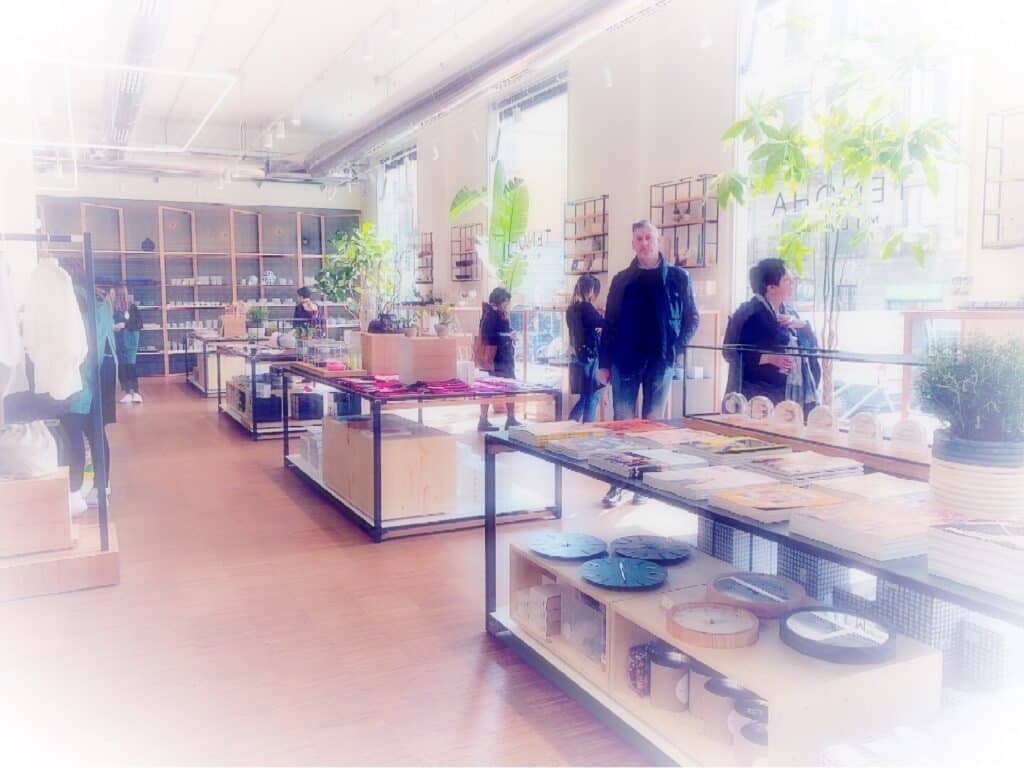

Tenoha Milano
Looks like Nippon, feels like Japan
"Tenoha Milano" has Nippon minimalism. No fluffy puff, no chichi, no HelloKitty. This place oozes craftsmanship, period. You'll wanna come back asap.
by
Michela
Susanna Maier
Heading to Milan?
185 Insider Tips from our local Spotters
Authentic Stories by Real People
Escape the Crowd & Travel Slow 🐌
... for just €9.99
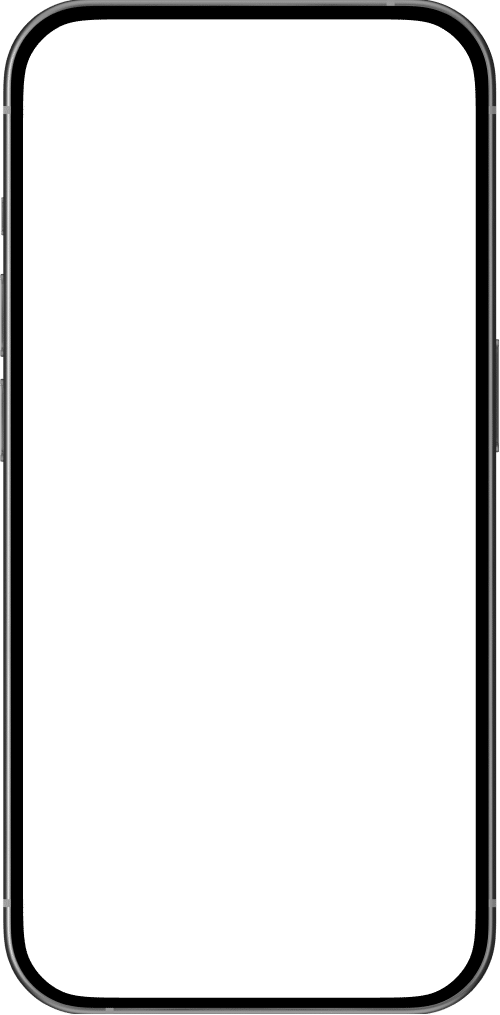
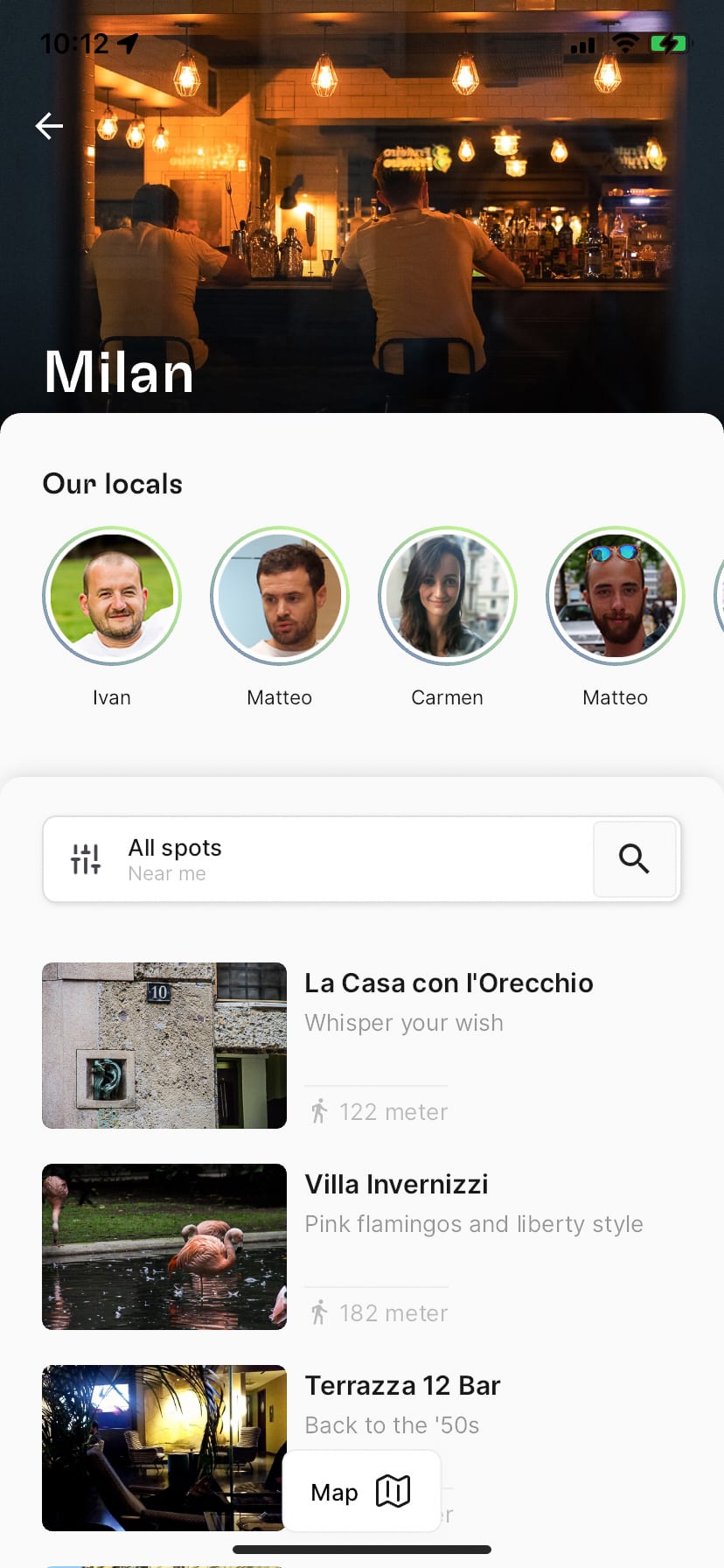




Heading to Milan?
✓ 0 Insider Tips from our local Spotters
✓ 185 Insider Tips
✓ Escape the Crowds
✓ Find Spots nearby
✓ Authentic Stories
... for just €9.99
City guides by those who know the city in and out!
Our Locals' Favorite Art & culture
Our team loves Milan
Get to know our other Spotters from Milan
As featured on:



